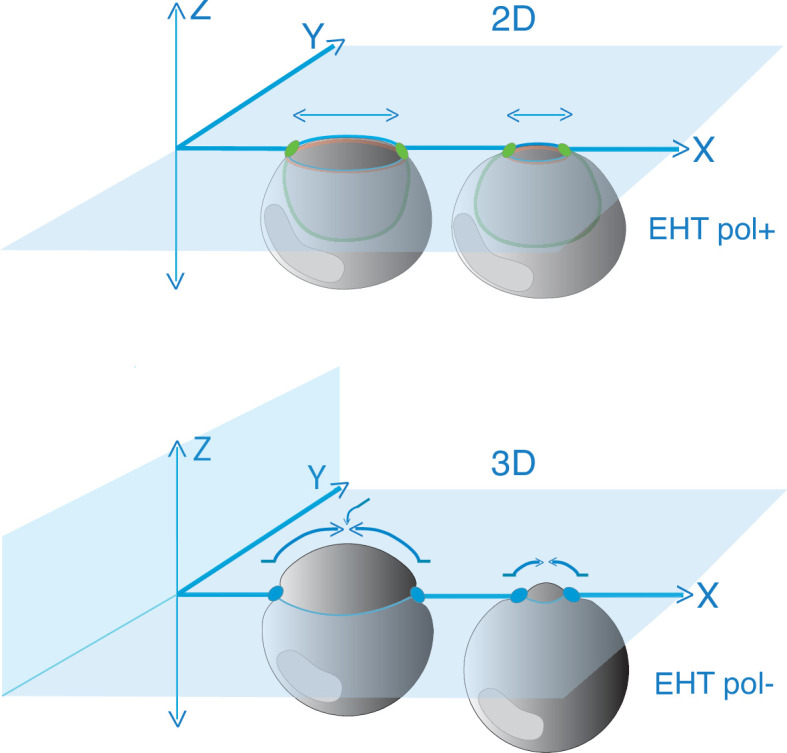Figure 5—figure supplement 1. Model depicting the evolution of junctional interfaces and of the differential mobility of antero-posterior junctional complexes for EHT pol+ and EHT pol- cell emergence types.
Top panel: EHT pol+ cell whose emergence depends on the constriction of circumferential actomyosin (orange, see

